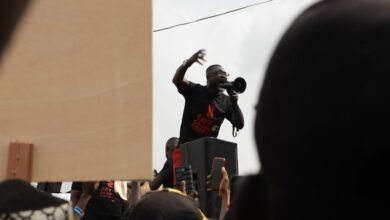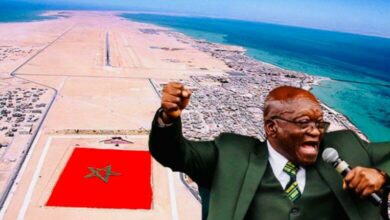French Secret Documents Reveal the Truth Behind the “Sand War”: Was Algeria the Aggressor and Betrayer?
French Secret Documents Reveal the Truth Behind the “Sand War”: Was Algeria the Aggressor and Betrayer?

ALDAR/
More than six decades after the outbreak of the “Sand War” between Morocco and Algeria in 1963, newly declassified French documents, made public between 2000 and 2023, shed new light on the conflict—contradicting Algeria’s official narrative that has long portrayed Morocco as the aggressor. Preserved in French archival centers such as Aix-en-Provence, Nantes, and La Courneuve, these documents reveal a different reality on the ground, indicating that the newly independent Algeria was in fact the initiator of the attacks on Moroccan positions.
The roots of the conflict trace back to the period following Morocco’s independence in 1956. France had promised to respect the territorial integrity of the Kingdom based on earlier agreements, including the 1911 Treaty. At the time, there were even discussions about forming a French-Moroccan committee to review the southern borders. However, the intransigence of French authorities and Sultan Mohammed V’s refusal to negotiate under pressure led Paris to unilaterally draw the “1957 Line,” annexing Moroccan territories such as Amgala, Hassi Mounir, and Hassi Beida into French-administered Algeria.
Ironically, these very regions, which had served as sanctuaries for the Algerian National Liberation Front (FLN) during its war of independence, became strategic strongholds for the Algerian army after independence. This ignored a verbal agreement between King Hassan II and the interim Algerian leader Ferhat Abbas in 1961, which had promised a return to negotiations after Algeria’s independence. However, once Ahmed Ben Bella assumed power, he revoked these understandings and deemed them null.
The documents also reveal attempts by Algeria to alter maps to portray these territories as Algerian, alongside military movements in border areas as early as 1962. In October 1963, Algeria launched direct assaults on Moroccan positions. Strikingly, despite having benefited from Moroccan support during its war against colonial rule, Algeria used its detailed knowledge of the terrain to execute its military strategy.
Even more revealing, the documents show that Algerian officers met with Spanish officials in the Al-Mahbes region in 1962 to exchange information about Moroccan troop movements. Meanwhile, Algerian media remained silent about the growing border tensions, while Houari Boumédiène’s rhetoric was filled with incendiary claims, including alleged “massacres” against the Rguibat tribes in Tindouf.
In a clear contradiction, Ben Bella declared in 1962 that Algeria did not recognize colonial-era borders, only to insist on them the following year—ignoring prior agreements. Senior Algerian figures, including a former regional governor and a diplomatic envoy, even admitted that Tindouf was originally Moroccan territory.
The war broke out on October 9, 1963, with Algeria receiving external support from countries like Cuba, Egypt, and Yugoslavia, and the presence of foreign operatives from France and Germany. In contrast, Morocco found itself isolated. King Hassan II expressed in an interview with the French newspaper Le Figaro that he placed more faith in divine justice than in international law.
The documents also refer to a prisoner exchange, where 375 Algerian captives were traded for 52 Moroccan soldiers. A notable incident involved the downing of an Egyptian helicopter during the clashes. Mediation efforts in Bamako and Addis Ababa eventually led to a ceasefire agreement signed on November 4, 1963, though tensions persisted.
What is often dismissed as a mere border conflict actually unveils a broader Algerian strategy aimed at preserving the colonial-era boundaries drawn by France—cloaked in revolutionary slogans and liberation rhetoric. The conflict also served to divert attention from Algeria’s internal instability following independence, especially after the arrest of prominent opposition figures like Mohamed Boudiaf and Hocine Aït Ahmed.
This conflict marked only the beginning of a long series of geopolitical tensions, peaking during the Amgala events of 1975 and 1976, reinforcing a trajectory of conflict rather than cooperation between the two neighboring nations. Thus, the “Sand War” was not merely a military skirmish, but the manifestation of a deeper clash of visions: Morocco defending its historical territorial integrity, and Algeria seeking internal legitimacy through regional expansion under the guise of revolutionary sovereignty.
The revelations from these French documents not only rewrite forgotten chapters of North African history but also raise profound questions about the nature of Moroccan-Algerian relations, placing official narratives under the scrutiny of historical truth.





